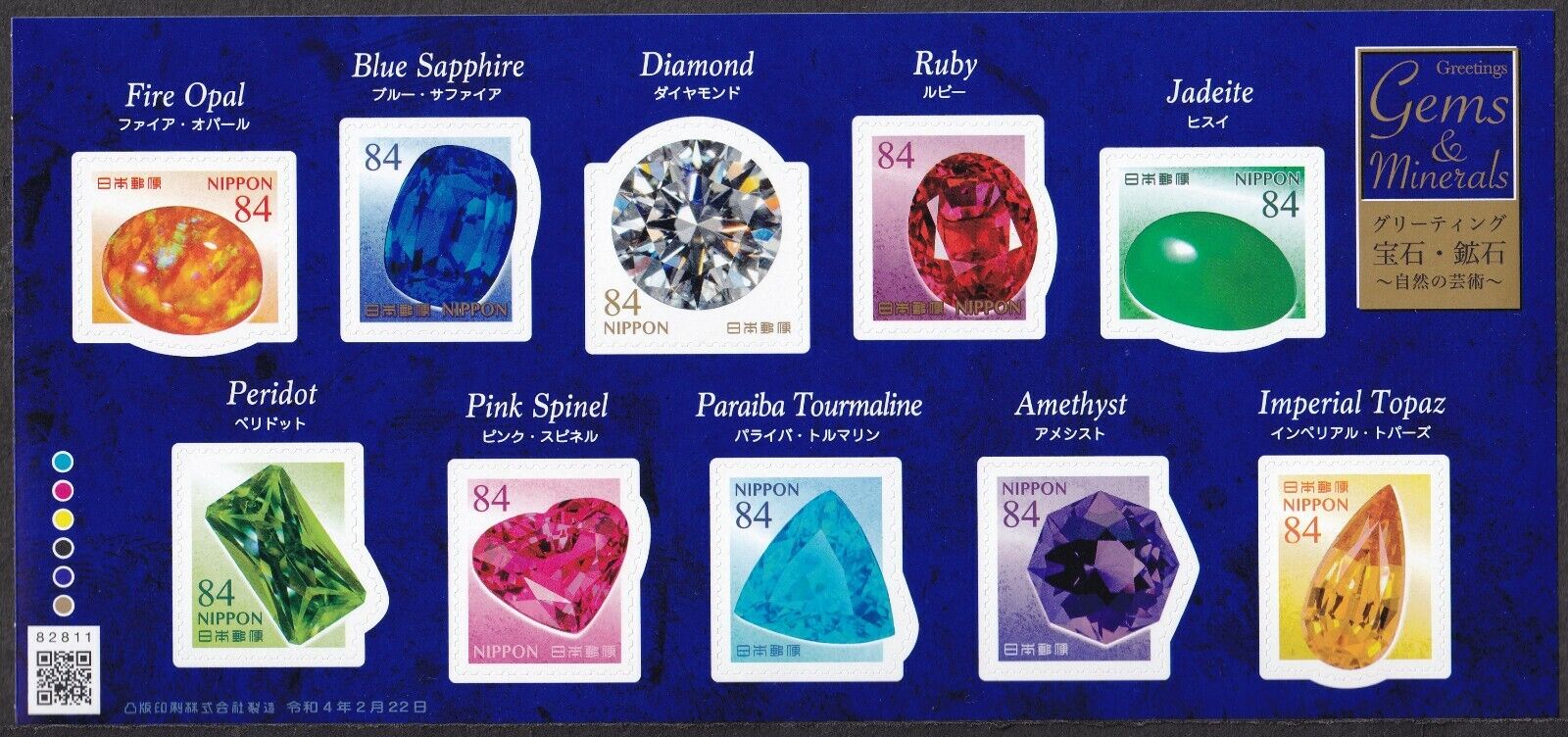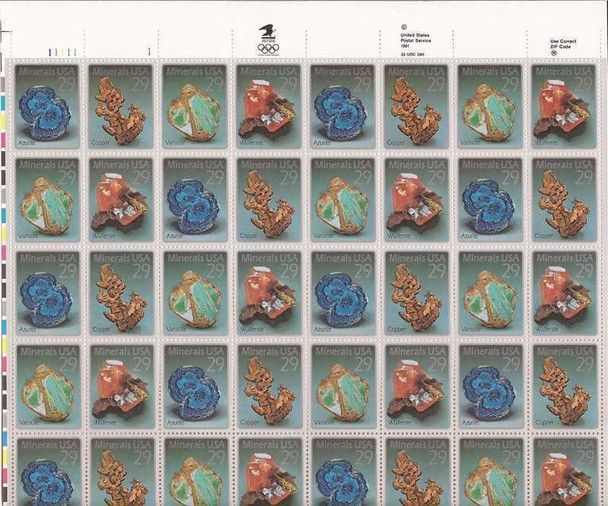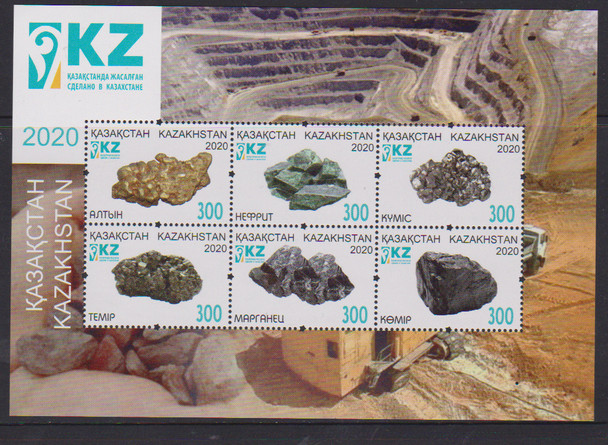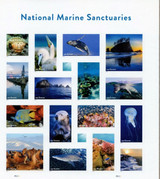COLLECTING MINERALS ON STAMPS...MORE THAN PET ROCKS!
The science that explores the formation and classification of rocks is called petrology An important point to note is that rocks make up the lithosphere – a solid mass of rocks with a thickness of 5 to 70 kilometers, which encompasses the Earth's crust (the solid surface layer of the planet Earth) and the Earth's upper mantle (the thickest layer containing the majority of our planet's material). Just beneath the solid lithosphere lies the central part of the Earth's mantle – the asthenosphere – a layer of molten rock called magma. The lower part of the Earth's mantle maintains a solid state as a result of high pressure and reaches a depth of 2,900 kilometers. Beneath the mantle all the way to the center lies the Earth's core, which is made up mostly of iron.
By their origin, rocks are classified as igneous, sedimentary, and metamorphic. Igneous rocks make up about 95% of the lithosphere, whereas the other two types of rock are only 5% of the lithosphere. In fact, rocks are aggregates of one or more minerals – structures formed by natural physical and chemical processes, with a specific chemical composition and crystal structure, as well as stability under certain temperature and pressure condition.
Many countries have issued stamps to display their mineral wealth (gold mining), diamond industry, and industrial use of minerals. The beauty of crystals has often been displayed on commemorative stamps. While some of these beautiful crystals and gems can cost a fortune for someone seeking actual specimens, collecting the images on stamps provides a much less expensive avenue to own and admire a gem and mineral collection.



Recent Posts
-
OLYMPIC SPORT GAMES ARE CELEBRATED BY PHILATELISTS THROUGHOUT THE WORLD!
Olympic stamps have a fascinating history and enduring appeal. Historical Significance: Olymp …Jul 26th 2024 -
NATIONAL WILDLIFE SANCTUARIES ARE CELEBRATED BY THE USPS' 2022 FOREVER STAMPS
The California sea lions, a sand tiger shark and the Farallon Islands are just a few examples …Jul 16th 2024 -
GUERNSEY CELEBRATES 150 OF THE UK KENNEL CLUB- PROMOTING DOG SHOWS, DOG RESCUE, & WELFARE
The Kennel Club is the largest organisation in the UK devoted to dog health, welfare and training. 2 …Jul 12th 2024




